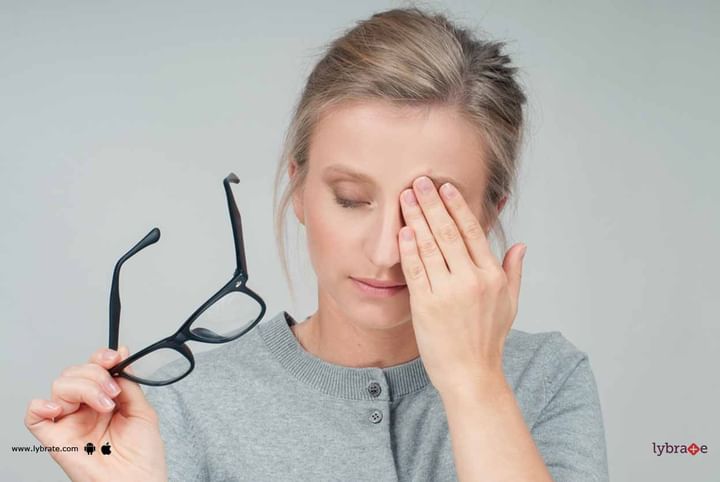Retinitis Pigmentosa - All You Should Be Aware Of!
Are you losing your sight day by day? Does it make difficult to see you at night? Is this the onset of Blindness? Get to know about Retinitis Pigmentosa with these tips.
What actually is Retinitis Pigmentosa?
Retinitis Pigmentosa (RP) refers to a group of diseases, which causes a slow, but progressive vision loss. It is a genetic disorder that affects the ability to respond to light.This inherited disease causes a slow loss of vision, beginning with decreased night vision and loss of peripheral (side) vision and eventually results in blindness.
Causes: Retinitis pigmentosa is often hereditary (runs in families). If you or your partner has retinitis pigmentosa, there may be up to a 50 percent chance that you will pass it on to your children. Ask an ophthalmologist about genetic counseling if you are planning to have children.
Symptoms:
- Slow loss of vision
- Beginning of decreased night vision
- Loss of peripheral vision
- Difficulty in identifying colours
Diagnosis: If you have poor night vision or a loss of side vision or if there is a history of retinitis pigmentosa in your family, your ophthalmologist will conduct a comprehensive eye exam to determine if you have retinitis pigmentosa. Your ophthalmologist will dilate your eyes to look at the back of them for signs of disease.
Treatment: Currently there is no known cure for retinitis pigmentosa. However, research has shown that vitamin A palmitate may slow the progression of certain forms of RP. Your ophthalmologist can advise you about the risks and benefits of vitamin A palmitate and how much you can safely take. Taking too much vitamin A palmitate can be toxic, and evidence of vitamin A palmitate effect on RP progression is not substantial.
Another recommendation for slowing vision loss from RP is to wear sunglasses to protect your retina from harmful ultraviolet (UV) light.
Retinal prosthesis is also an important area of exploration because the prosthesis, a man-made device intended to replace a damaged body part, can be designed to take over the function of the lost photoreceptors by electrically stimulating the remaining healthy cells of the retina.



+1.svg)
